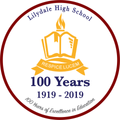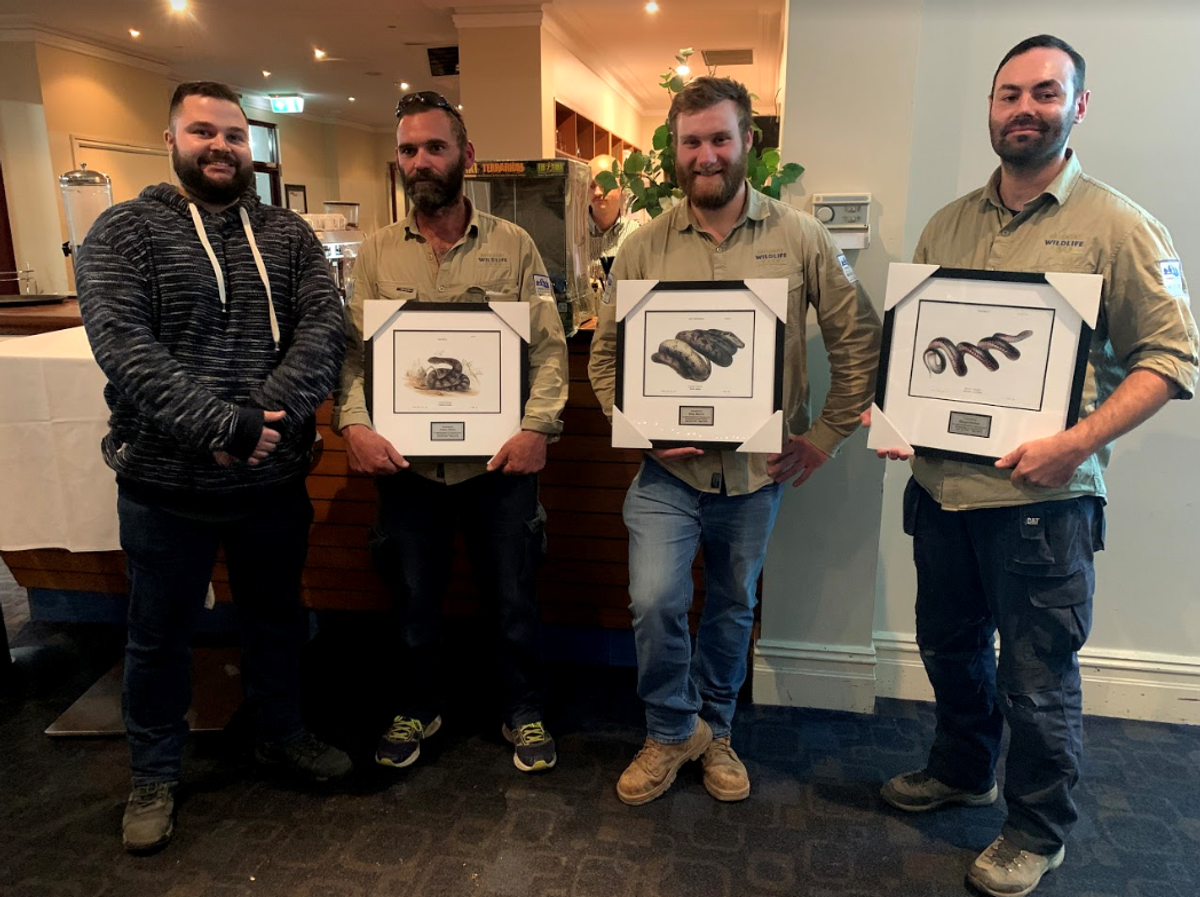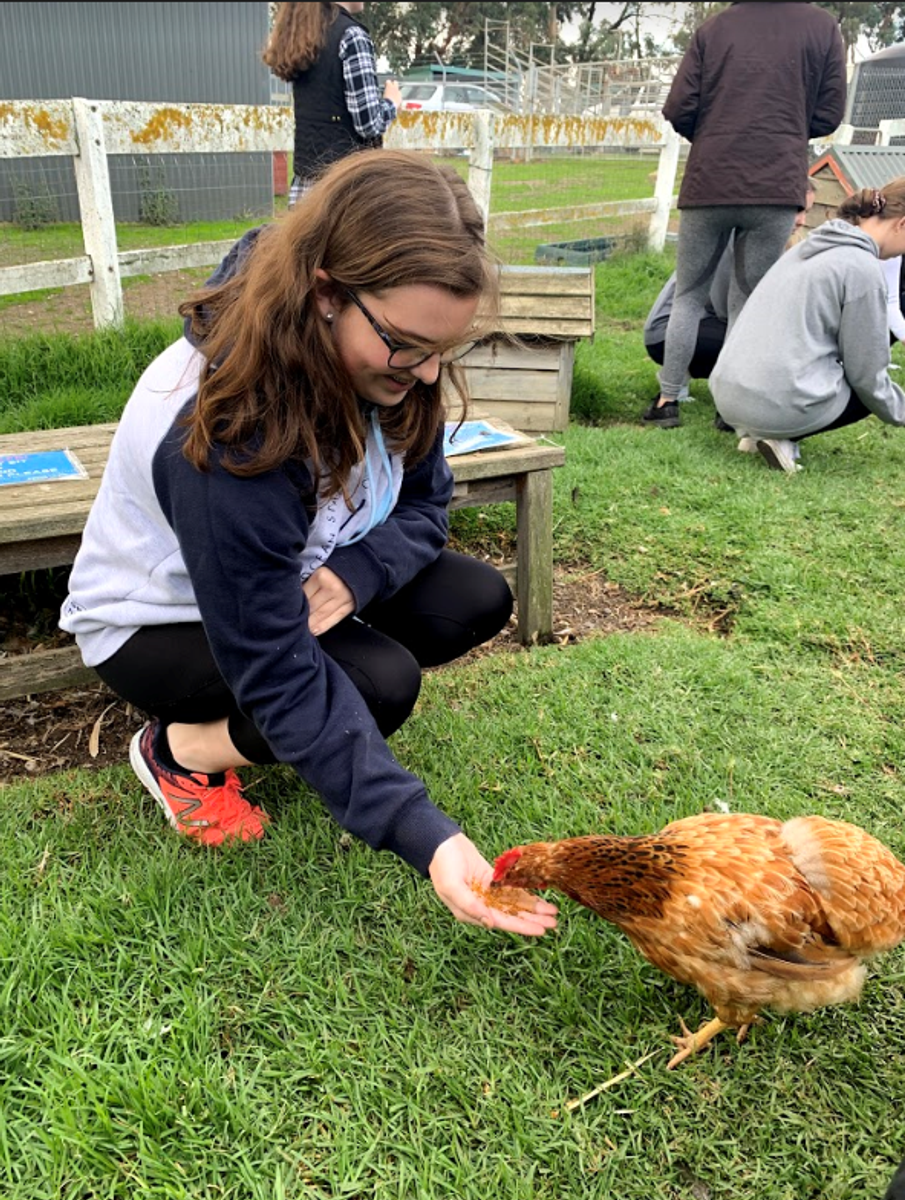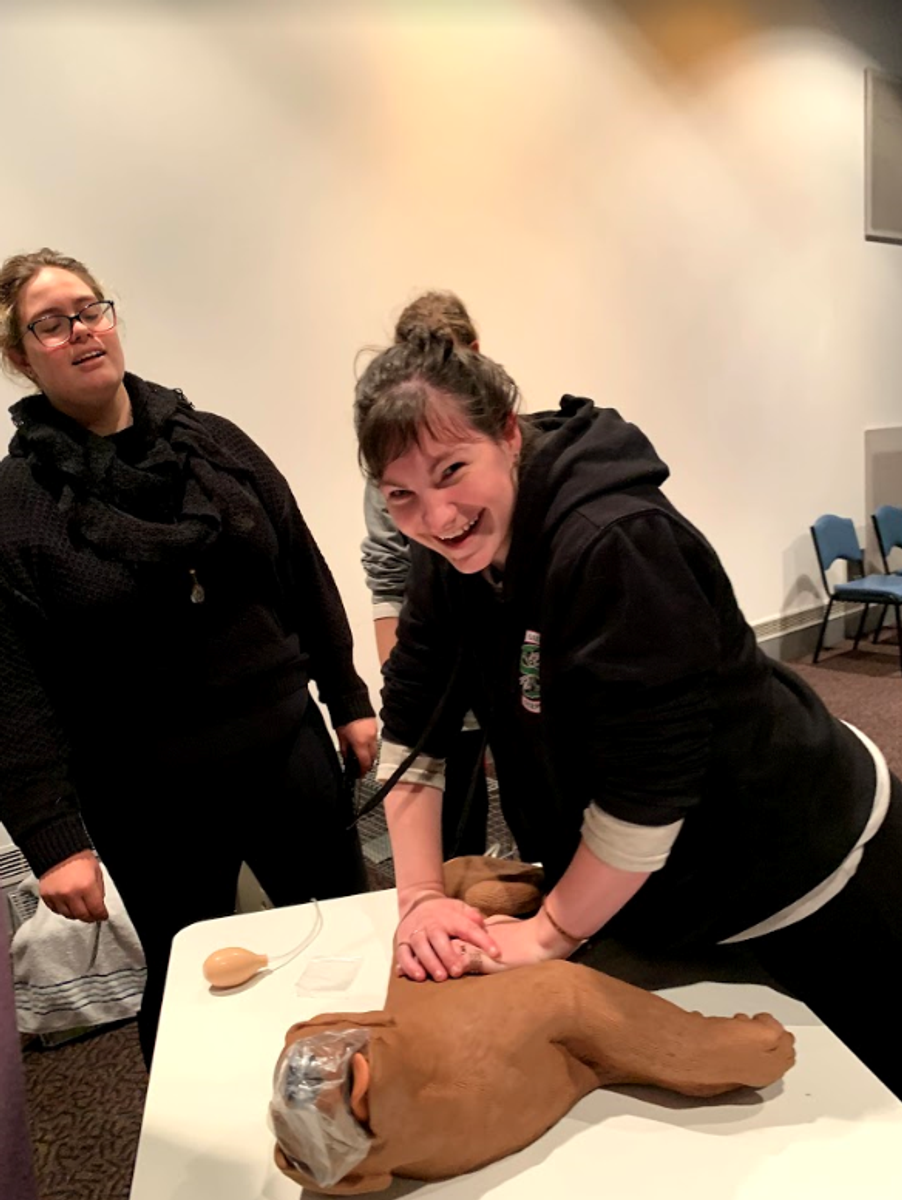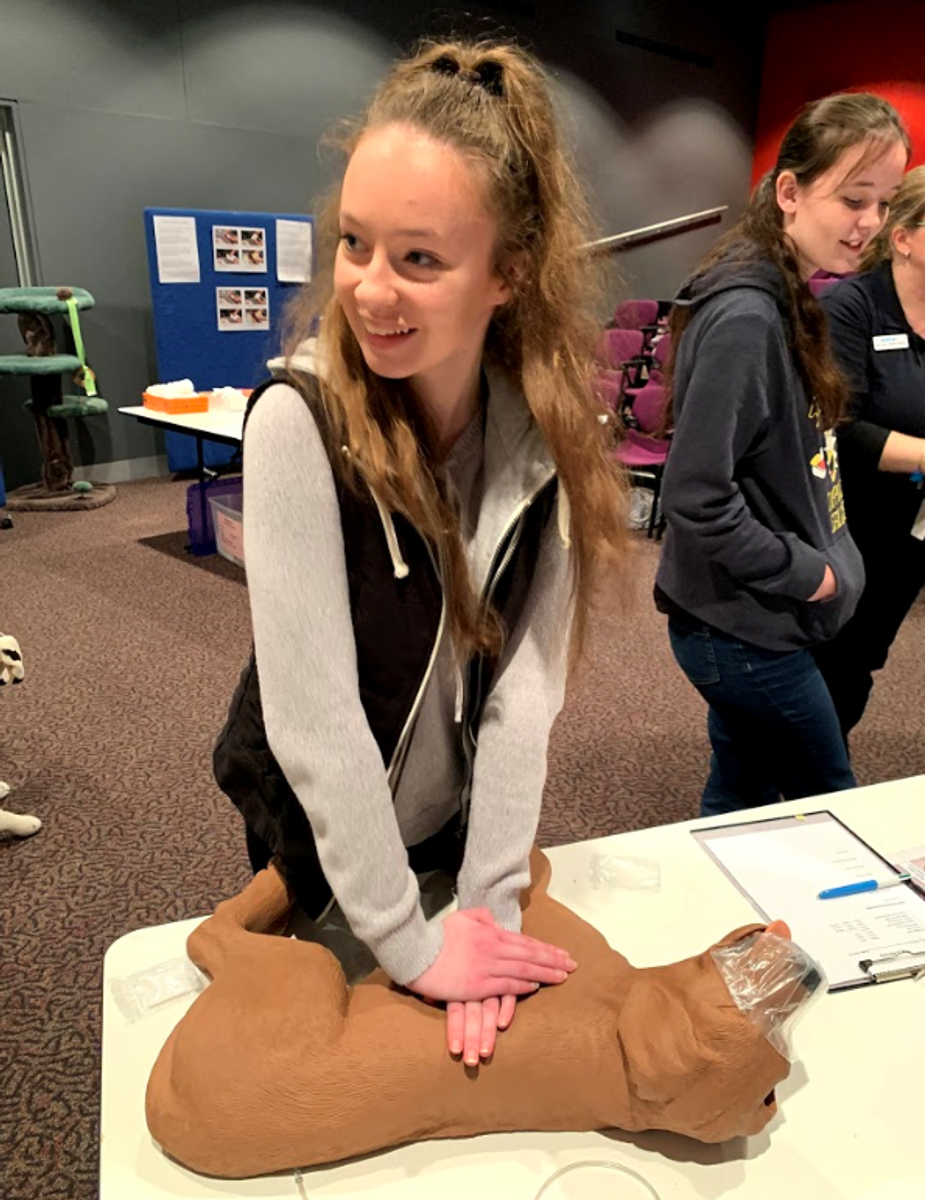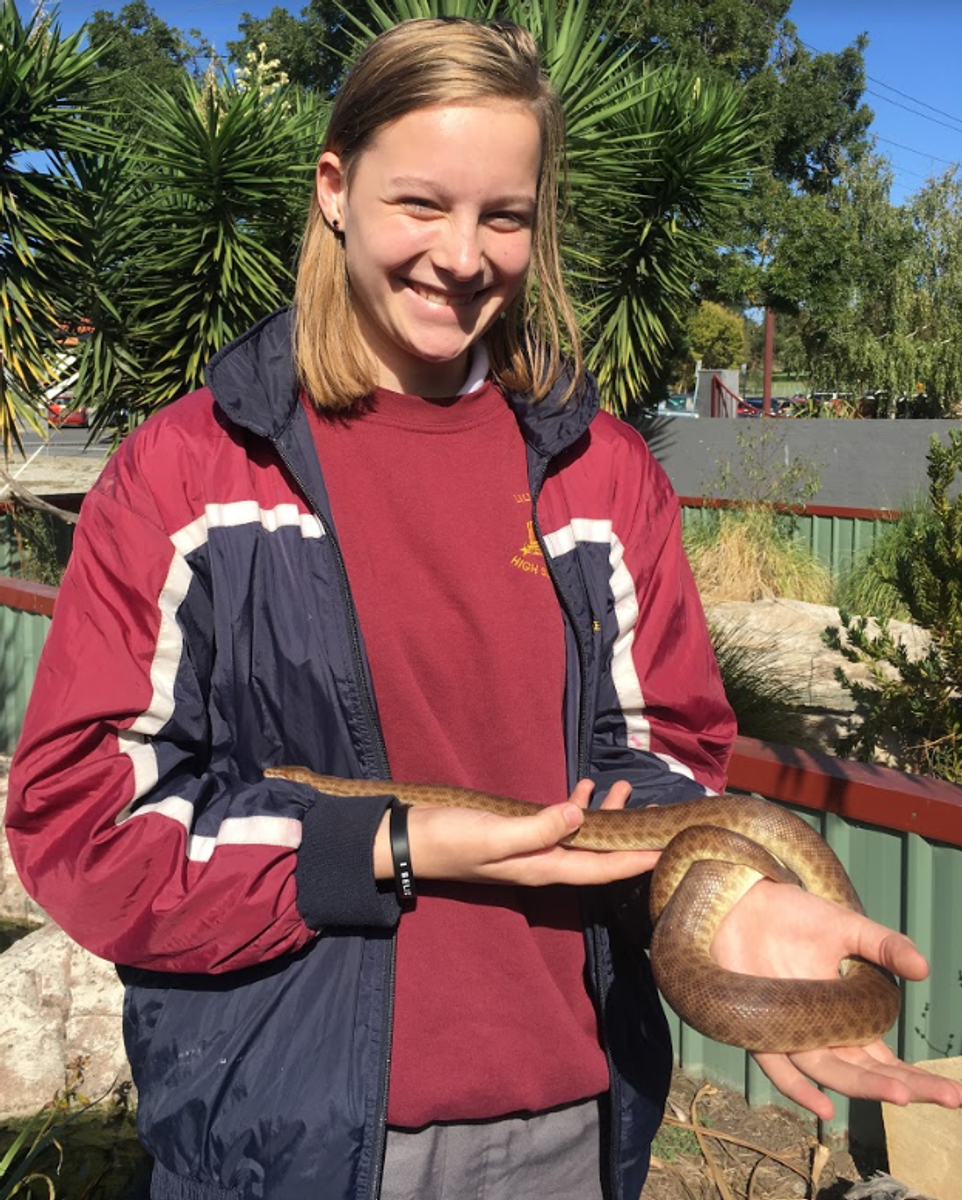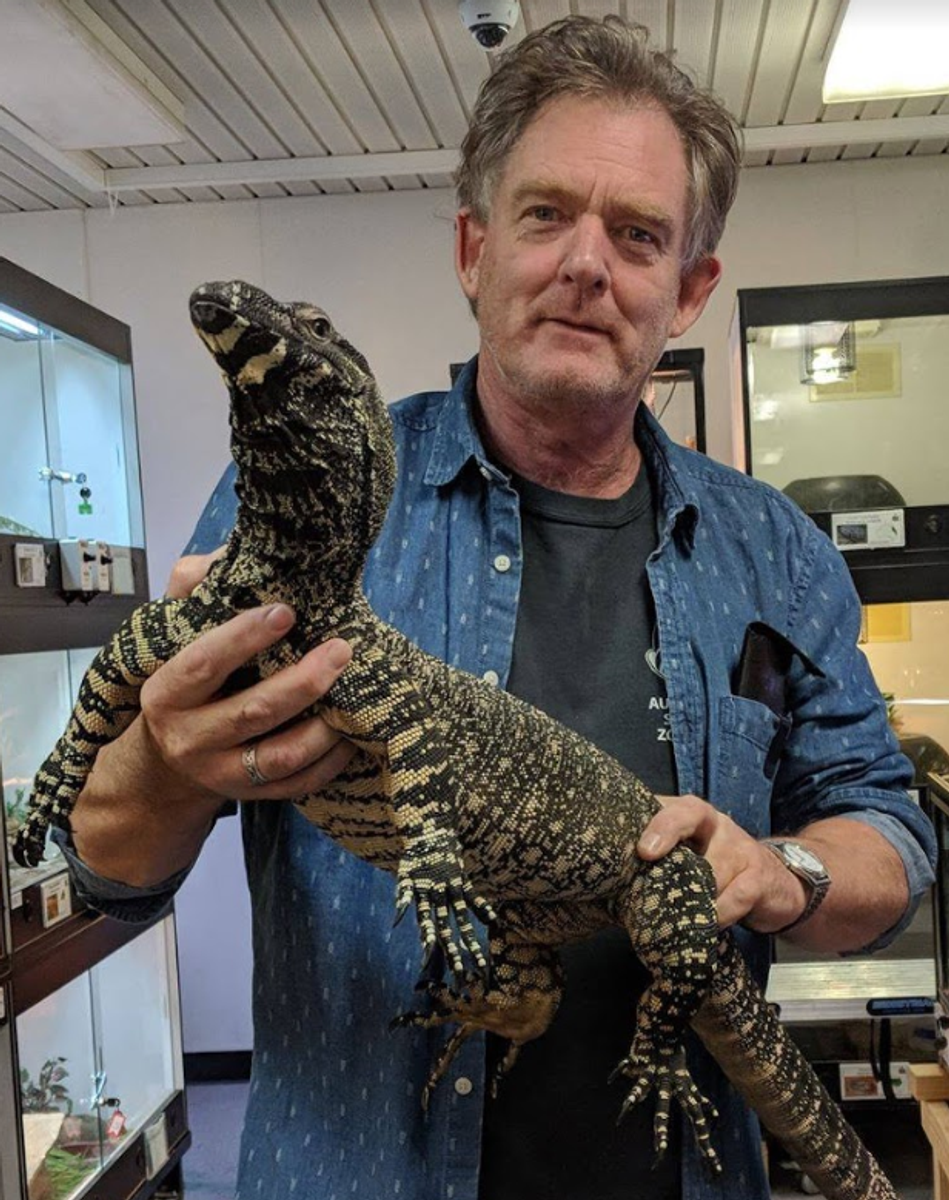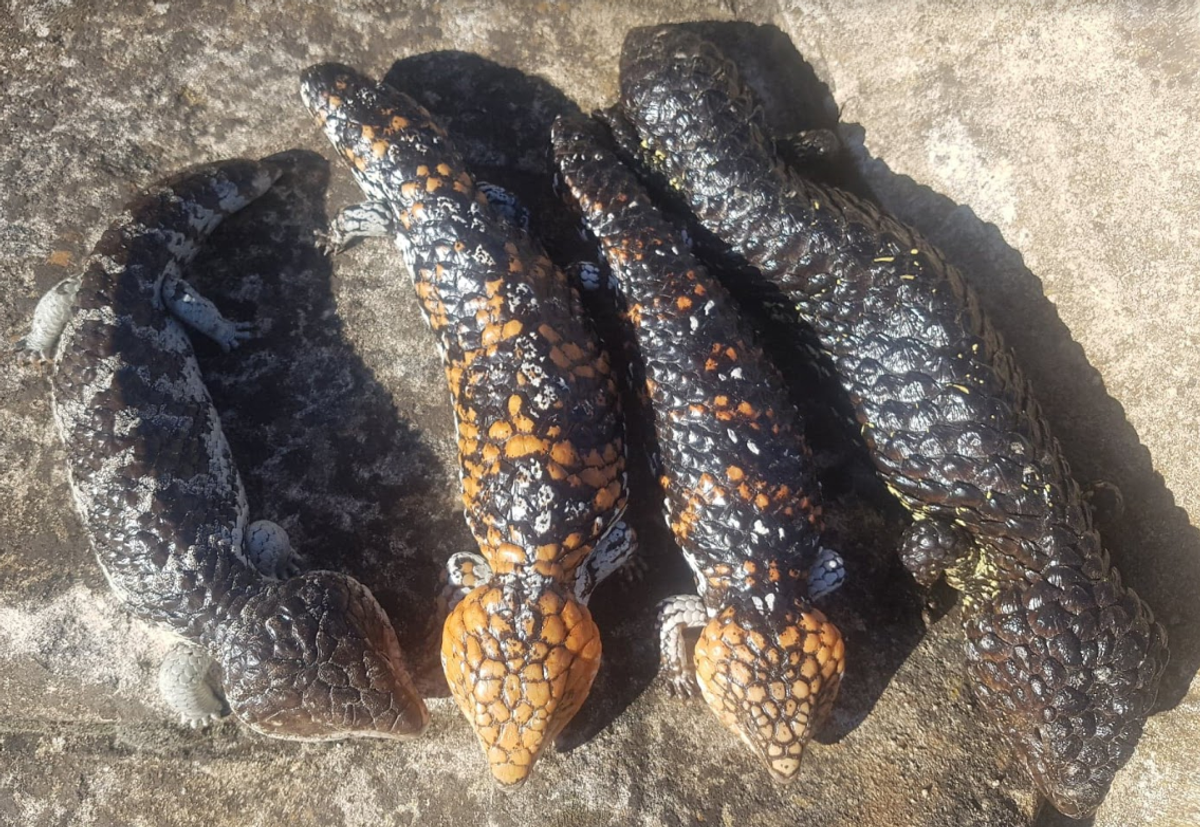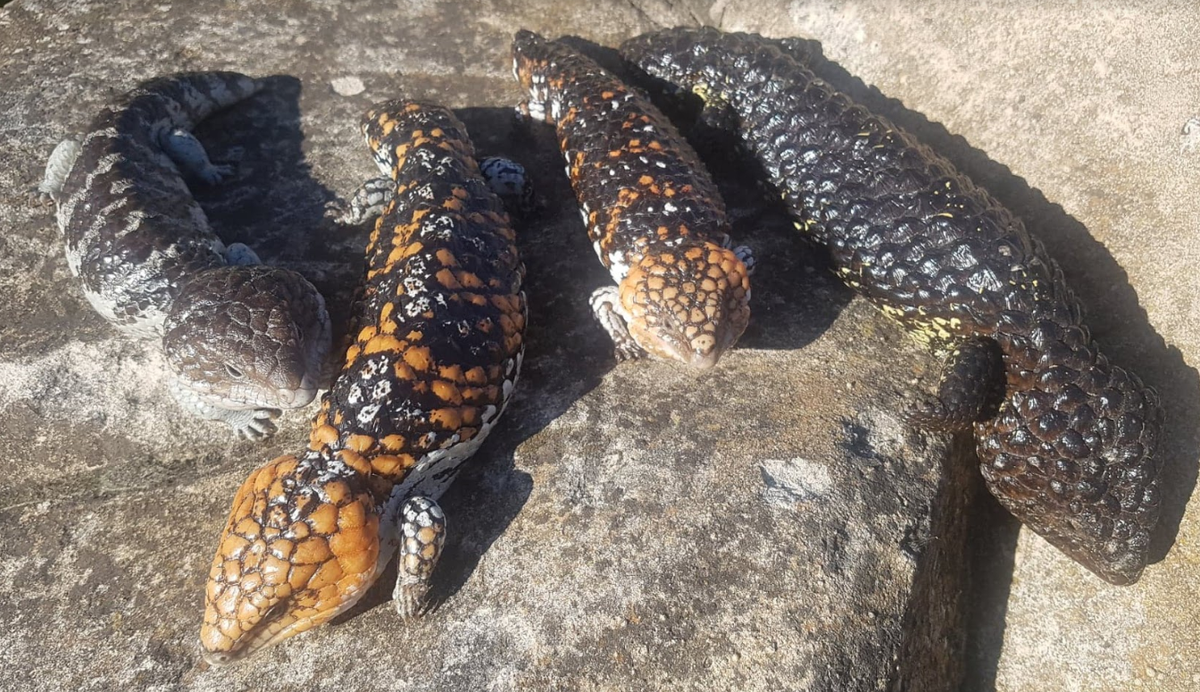REPTILE ROOM
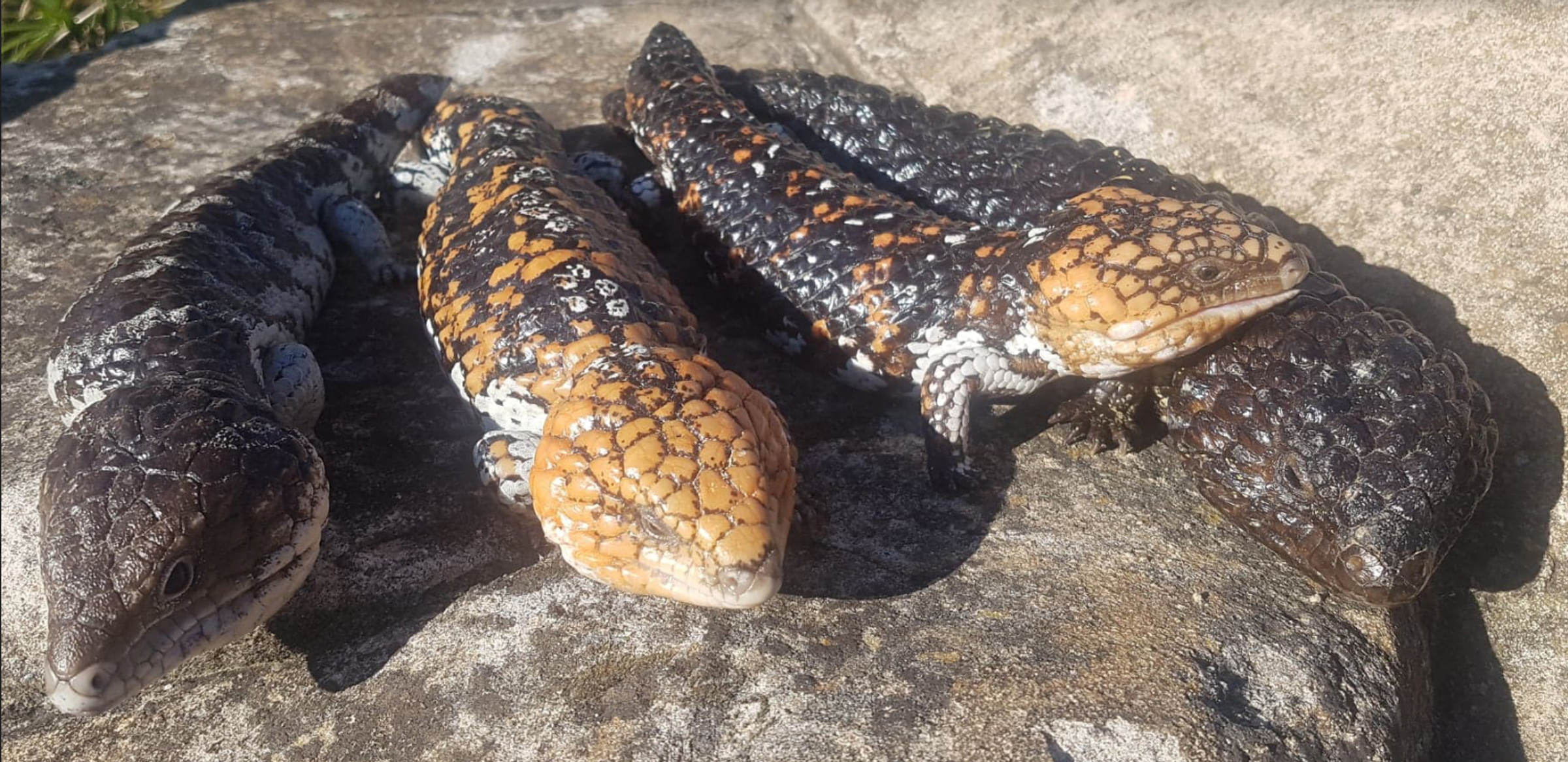
Visits and Excursions
Over the last couple of weeks, we’ve had the pleasure of a visit from some of the senior management team from Ballarat Wildlife Park, including our very own, Riley Morris who graduated 3 years ago. The team were amazed by the collection and impressed with work the students do, to maintain such a large collection of reptiles and amphibians.
A small group of students also attended the Victorian Herpetological Society meeting and listened to Riley and a couple of Zoo Keepers present talks on their experiences of becoming a Zoo Keeper at Ballarat Wildlife Park, as well as hearing about the day to day life of working with giant tortoises, 5 metre salt water crocodiles and alligators and working with some of the most venomous snakes in the world.
Students studying their Certificate II in Animal Studies were visited by a couple of Wildlife Officers, who presented a talk about their work, including stories about international animal smuggling and wildlife rescues. The second year students also visited the RSPCA in Burwood and improved their Animal First Aid skills, as well as spending a bit of time with some rescued animals and animals up for adoption.
Be sure to check out our NEW Keeper Profile and Creature Feature sections of the newsletter.
KEEPER PROFILE
Ellie Pearson
CREATURE FEATURE
Shingleback - Tilqua rugosa
In 1699, British explorer, William Dampier visited Shark Bay along the West Australian coastline and described the first endemic Australian reptile; the Shingleback or Stump-tailed Lizard. This is a widespread familiar species in more arid parts of Southern Australia and known by many different common names like; Shingleback, Stumpy-tailed Lizard, Double-ender, Pinecone Lizard, Bog-eye and Sleepy Lizard.
Different areas of Australia have a variety of sub-species of this lizard. The nominate species of Shingleback (Tiliqua rugosa rugosa) occurs in the Western Australian Goldfields, the Shark Bay Shingleback (Tiliqua rugosa pillara) occurs around Shark Bay WA, the Rottnest Island Shingleback (Tiliqua rugosa konowi) is restricted to Rottnest Island WA and the Eastern Shingleback (Tiliqua rugosa aspera) is found mostly in Southern Eastern Australia.
The Lilydale Reptile House has representatives of all these sub-species, with the exception of the Rottnest Island Shingleback. Some of these specimens were deliberately acquired from a breeder in Western Australia, others however, were received from the Victorian Wildlife Department (DELWP), after being intercepted by Wildlife Officers and Border Force during an international smuggling attempt. These animals were cruelly packaged with tape in small containers, such as, Pringle containers and Milo tins, in an attempt to smuggle them out of the country.
All of the Shinglebacks we received are now doing well and we even had two young born recently, from our Goldfields specimens.
Shinglebacks give birth to only one or two very large live young. Adults are known to pair for life and specimens have been recorded, staying in the area, where a mate has been killed on the road for some time after the event.
Shinglebacks are a large skink, reaching 200 mm in size, being very distinctive with large rugose scales that look like the shingles on a roof of a house. The large stump tail gives the appearance of the animal having two heads and probably serves to confuse predators. When disturbed in the wild, they open their mouth widely displaying a dark blue tongue They generally do very well in captivity if provided with warm, dry conditions.
Mike Swan brings the 'Creature Feature' to you. Mike was previously a Senior Herpetofauna Keeper with Melbourne Zoo and Healesville Sanctuary and was part of captive breeding programs, covering the Fijian Iguana, Broad-headed Snake, Corroboree Frog, Stuttering Frog, Philippine Crocodile and many other species.
Mike is now the Co-ordinator of the Lilydale High School Reptile collection and helps to expand the natural history, knowledge and captive husbandry skills, of the students involved in the program.
Marcus Whitby
